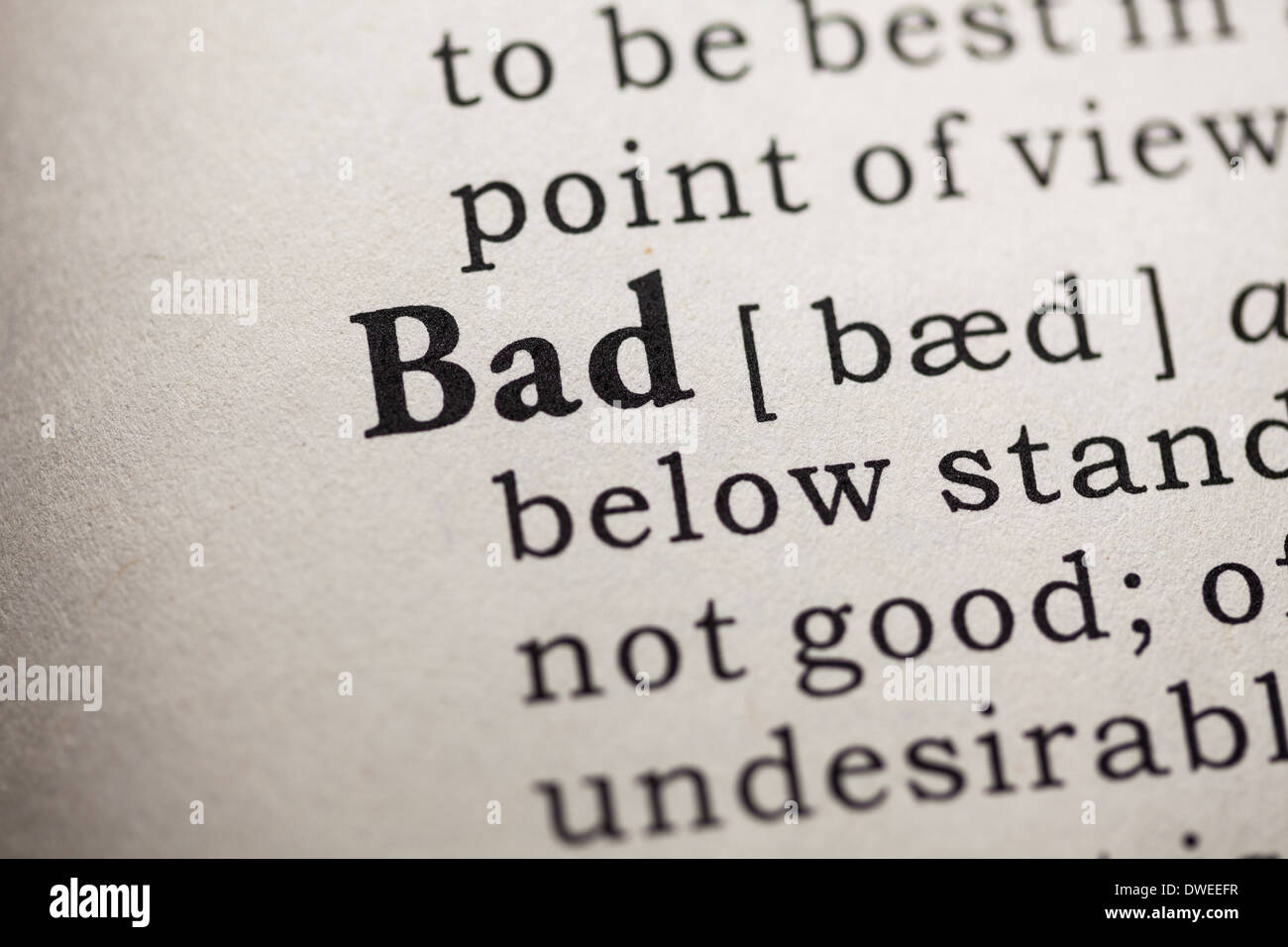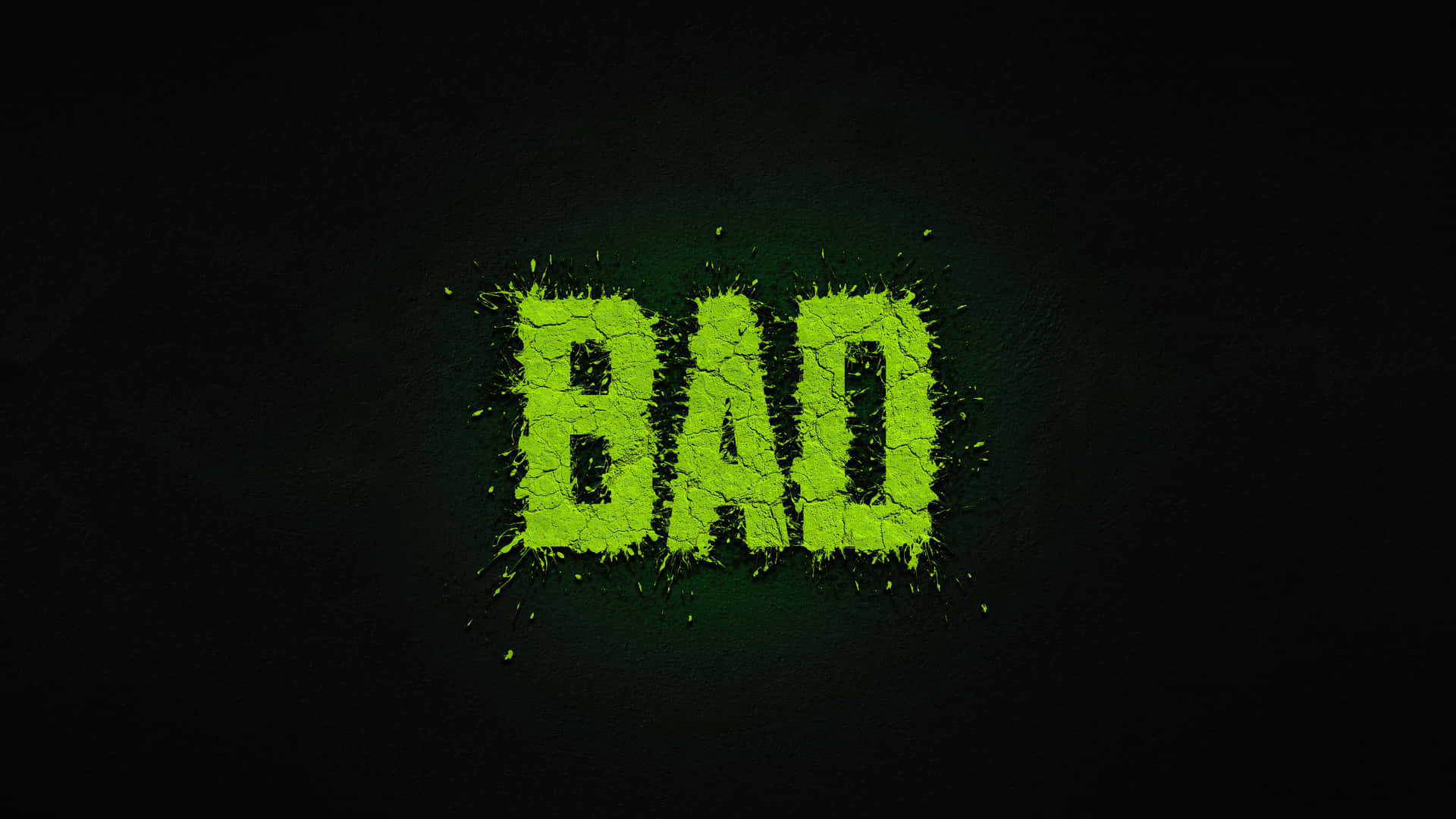You know, it's almost as if language itself is a living thing, always shifting and taking on new shapes. We see words and phrases popping up all the time, particularly online, that might leave some of us scratching our heads a bit. One such phrase that has been gaining traction, especially in certain circles, is "bad shawty แปลว่า." It's a blend of English slang and Thai, and honestly, figuring out what these things mean can feel like trying to piece together a puzzle sometimes. This particular combination really shows how different parts of speech and culture can come together to make something completely new.
So, when we talk about "bad shawty แปลว่า," we're really getting into how young people, or maybe just those who spend a lot of time on social platforms, communicate. It's a way of speaking that’s very much of the moment, reflecting a kind of shared understanding within a specific group. This isn't something you'd typically find in a dictionary, which is precisely what makes it so fascinating to consider. It’s a bit like an unwritten agreement among folks about what certain sounds and ideas represent, which is pretty cool if you think about it.
This phrase, with its interesting mix of words, is a prime example of how everyday language develops. It's not just about formal definitions; it's about the feelings and connotations that words carry, especially when they are used in a casual, conversational way. We'll take a closer look at what this phrase might imply, how it's used, and why it has become a part of the informal chatter for some. It really shows how speech can be a tool for connection, even if it leaves others feeling a little out of the loop.
Table of Contents
- What Does bad shawty แปลว่า Really Imply?
- Where Did the bad shawty แปลว่า Idea Come From?
- Is bad shawty แปลว่า a Compliment or Something Else?
- How Does bad shawty แปลว่า Fit into Modern Conversations?
- The Development of Slang Like bad shawty แปลว่า
- Understanding the Cultural Context of bad shawty แปลว่า
- The Role of Social Platforms in Spreading bad shawty แปลว่า
- What Are the Social Impacts of Terms Like bad shawty แปลว่า?
What Does bad shawty แปลว่า Really Imply?
When someone uses the phrase "bad shawty แปลว่า," they are, in a way, trying to convey a very specific sort of impression. The English part, "bad shawty," is a piece of slang that has been around for a while, especially in certain musical and online communities. "Bad" here doesn't mean something is of poor quality or unpleasant; instead, it often suggests something really good, impressive, or perhaps even rebellious in a cool sense. It's a bit like saying someone is exceptionally attractive, confident, or carries themselves with a certain flair. This word choice is a good example of how meanings can flip in casual speech, you know, making the opposite true.
Then you add "shawty" to the mix, which is a term of endearment or address, usually for a young woman. It’s a casual, sometimes playful way to refer to someone. It can carry a sense of familiarity or even admiration, depending on how it's used and the situation it pops up in. So, when you put "bad" and "shawty" together, you get this idea of a young woman who is, well, quite striking or compelling in some manner. It's a descriptor that aims to capture a particular kind of appeal, and honestly, it’s often about a strong presence. That's really how these parts come together.
Now, the "แปลว่า" part is where the Thai language comes into play. In Thai, "แปลว่า" simply means "translates to" or "means." So, literally, "bad shawty แปลว่า" would mean "bad shawty means." But in the context of how it's used online, particularly in comments or captions, it's often more of a rhetorical device. It’s almost like someone is saying, "This is what 'bad shawty' means, or this is an example of it." It's a way to emphasize or clarify the sentiment, making sure the group understands the vibe being put out there. It’s a subtle nod to shared understanding, a bit like a mutual agreement on a concept, which is important for communication within a specific community.
Where Did the bad shawty แปลว่า Idea Come From?
The origins of phrases like "bad shawty แปลว่า" are typically rooted in the dynamic activities of internet culture and the blending of different linguistic influences. The term "shawty" itself has a history that goes back to African American Vernacular English (AAVE), evolving from "shorty" and becoming a common term in hip-hop music and urban slang. Its adoption into broader popular culture, especially through songs and social media, really helped it spread. It's a word that gained a lot of traction, you know, almost like a widely adopted initiative in how people talk.
The concept of "bad" meaning "good" or "impressive" also has a long lineage in slang, especially within American English. Think about phrases like "bad to the bone" or "badass." This inversion of meaning is a common linguistic phenomenon, where words take on new, often ironic, connotations within specific groups. It's a sort of linguistic development that shows how flexible words can be. So, when these two English slang terms, "bad" and "shawty," came together, they formed a powerful descriptor for a certain type of person or persona. This pairing is a bit like a successful operation in language creation, really.
The addition of "แปลว่า" from Thai is what makes this particular phrase unique and points to its likely emergence in online spaces where Thai and English speakers interact. Platforms like TikTok, Instagram, and YouTube are melting pots where different languages and cultures meet, and new hybrid expressions frequently pop up. It’s very common for users to borrow words or phrases from other languages to add a certain flavor or emphasis to their content. This linguistic blending is a clear sign of how global communication shapes our everyday speech, creating new opportunities for expression. It’s almost like a regional development of language, specific to these digital spaces, you know?
Is bad shawty แปลว่า a Compliment or Something Else?
Whether "bad shawty แปลว่า" is a compliment really depends on the specific context and the people using it. In many situations where "bad" is used in this slang sense, it's certainly meant as a form of praise or admiration. It suggests that the person being described possesses qualities that are seen as desirable or impressive within that particular social group. This could mean they are attractive, confident, stylish, or just generally someone who commands attention in a positive way. It’s a bit like a mission statement for someone’s cool factor, if you will, a clear indicator of their standing.
However, like any piece of slang, its meaning can shift or be perceived differently by various individuals. What one group considers a compliment, another might find a bit off or even objectifying. The word "shawty" itself, while often used endearingly, can sometimes carry connotations that some might find less than ideal, particularly if it's used in a way that reduces a person to just their appearance. It’s important to remember that the effectiveness and quality of language depend heavily on who is saying it and who is hearing it, and what their shared experiences might be. So, it's not always a straightforward thing, you know, it's got layers.
The "แปลว่า" part, by simply stating "means," doesn't add a positive or negative spin itself, but it does serve to highlight the interpretation. It’s almost like saying, "This is the data point for what I mean." Ultimately, to truly know if it's a compliment, you have to look at the surrounding conversation, the tone of voice, and the relationship between the people involved. Is it said playfully among friends? Or is it used in a way that feels disrespectful? These nuances are pretty crucial for getting the real picture. It's a bit like evaluating an operation; you need all the details to understand its true nature.
How Does bad shawty แปลว่า Fit into Modern Conversations?
The phrase "bad shawty แปลว่า" typically finds its place in very informal, often digital, conversations. You'll probably see it pop up in comments sections on social media posts, in direct messages between friends, or as a caption for a photo or video. It’s a way for people to express admiration, approval, or a general sense of "wow" about someone's appearance or demeanor. It fits perfectly into the quick, often image-driven communication style that dominates platforms like TikTok and Instagram, where a short, punchy phrase can convey a lot of feeling. It’s a kind of informal assistance in expressing a vibe, you know.
It’s also a term that helps build a sense of shared identity within a specific youth culture or online community. When people use and understand such slang, it creates a kind of insider language, a common ground that makes communication feel more authentic and immediate. This sort of linguistic agreement helps to strengthen the bonds within a group, making them feel like members of a unique club. It’s a part of the informal economic development of language, where new terms are created and exchanged rapidly, leading to a kind of social progress in how people connect. It's really about those connections.
Because it's so tied to online trends, the lifespan of a phrase like "bad shawty แปลว่า" can be quite unpredictable. Some slang terms stick around for years, becoming part of the broader lexicon, while others fade away as quickly as they appeared. Its usage reflects the dynamic nature of informal speech, which is always undergoing change and adaptation. It's a good example of how language itself is constantly undergoing a process of institutional reform, adapting to new ways of interacting. So, it's pretty much a snapshot of current communication habits, for sure.
The Development of Slang Like bad shawty แปลว่า
The way slang terms, including phrases like "bad shawty แปลว่า," come into being and gain popularity is a fascinating process. It often starts within a small group or community, perhaps among friends or in a particular online forum. Someone might coin a new phrase, or use existing words in a fresh way, and if it resonates with others, it begins to spread. This initial stage is a bit like a small, independent evaluation of a new idea, seeing if it catches on. It's a very organic kind of growth, you know, not planned at all.
From there, if the phrase is catchy or useful, it can move into wider circles, especially with the help of social media. A popular influencer using it, or a viral video featuring the term, can quickly give it a huge boost. This rapid expansion is a key characteristic of modern slang dissemination. It’s about strengthening the capacity of a term to reach a broader audience, making it part of the common chatter. This is where the power of digital platforms really shows itself, creating opportunities for words to become widespread very quickly. It’s almost like a program designed to spread words fast.
Over time, a slang term might evolve further, taking on new shades of meaning or being used in different contexts. Some terms become so widespread that they are eventually adopted into more mainstream language, while others remain confined to specific subcultures. The ongoing efforts to understand and use such terms are part of a larger linguistic development, reflecting shifts in social norms and communication styles. It’s a continuous process of linguistic change, and honestly, it’s quite a dynamic thing to observe. This kind of linguistic progress is always happening, really.
Understanding the Cultural Context of bad shawty แปลว่า
To truly grasp the meaning and implications of "bad shawty แปลว่า," it's pretty important to consider the cultural backdrop against which it appears. The English components, "bad" and "shawty," are deeply embedded in certain aspects of American popular culture, particularly hip-hop and R&B music, which have a global reach. These genres have long influenced youth culture around the world, introducing new vocabulary and ways of speaking. It’s a bit like a multi-sided agreement on what’s cool and how to express it, really, a collective understanding.
The addition of "แปลว่า" points directly to a Thai context, suggesting that the phrase is particularly relevant within communities where Thai and English languages intersect. This could be among young people in Thailand who are exposed to Western media, or within the Thai diaspora, or simply in global online spaces where people from different linguistic backgrounds interact. This kind of blending highlights how language is a tool for cultural exchange, helping different groups connect and communicate. It’s about building capacity for shared expression across different regions, you know, fostering a common ground.
Understanding this cultural mix helps us see that the phrase isn't just a random collection of words; it's a reflection of how people from different backgrounds create new forms of expression. It speaks to the ongoing social and economic progress that comes from global interaction, where ideas and linguistic elements are freely exchanged. It’s a testament to the creativity of language users and their ability to adapt and innovate. So, it's not just a phrase; it's a little window into how cultures are constantly influencing each other, which is actually quite remarkable.
The Role of Social Platforms in Spreading bad shawty แปลว่า
Social platforms are, quite frankly, the main driving force behind the rapid spread of terms like "bad shawty แปลว่า." These digital spaces provide the perfect environment for new slang to emerge, be tested, and then either gain widespread acceptance or fade away. The way content is shared – through likes, reposts, and trending topics – means that a phrase can go from obscure to ubiquitous in a very short amount of time. It's a bit like a massive, informal internship program for new words, where they get to try out and see if they stick. This kind of reach is truly something else, you know.
The visual and auditory nature of platforms like TikTok and Instagram also plays a big part. When a phrase is used in a popular video or song, it's not just heard; it's seen in action, often accompanied by specific gestures or expressions that add to its meaning. This multi-sensory experience makes the slang more memorable and easier to pick up. It helps in strengthening the capacity for new linguistic operations, making them more effective and easier to adopt. This kind of rapid exposure really supports the efforts of new words to become part of the general conversation.
Furthermore, the algorithm-driven nature of these platforms means that content featuring trending slang is often pushed to more users, creating a feedback loop that further accelerates its spread. This almost feels like an independent function within the platform, constantly evaluating and promoting what's popular. It’s a very efficient system for the development of new linguistic initiatives, making it possible for phrases to reach a truly global group of users. So, it's pretty clear that without these platforms, terms like "bad shawty แปลว่า" would likely remain much more niche, really.
What Are the Social Impacts of Terms Like bad shawty แปลว่า?
The social impacts of phrases such as "bad shawty แปลว่า" are varied and complex. On one hand, they contribute to the ongoing evolution of language, keeping it fresh and reflective of current social dynamics. For many young people, using and understanding such slang is a way to express their identity, connect with their peers,



Author Details:
- Name : Lacy Dicki
- Username : abosco
- Email : kunze.donna@yahoo.com
- Birthdate : 2004-02-07
- Address : 9048 Schoen Forks Hesseltown, MT 83272
- Phone : +1-978-933-6604
- Company : Quigley Inc
- Job : Engineering
- Bio : Repudiandae a eligendi explicabo est blanditiis. Qui deserunt culpa excepturi exercitationem molestiae sed. Sunt ut assumenda culpa nemo et. Error soluta commodi quo illum.
Social Media
Instagram:
- url : https://instagram.com/maureen_rempel
- username : maureen_rempel
- bio : Illo et aut vero eaque voluptates et. Itaque sapiente accusantium omnis libero voluptatibus.
- followers : 6512
- following : 2205
Twitter:
- url : https://twitter.com/maureen.rempel
- username : maureen.rempel
- bio : Nostrum qui tenetur aut perferendis aperiam non. Aut autem quia qui qui doloribus. Illo possimus voluptatem quia omnis.
- followers : 2502
- following : 2293
Facebook:
- url : https://facebook.com/rempelm
- username : rempelm
- bio : Quidem dolores aspernatur rem rerum maxime.
- followers : 1270
- following : 2808
Linkedin:
- url : https://linkedin.com/in/maureen1685
- username : maureen1685
- bio : Distinctio hic consequatur minus ut eum.
- followers : 4139
- following : 1973
